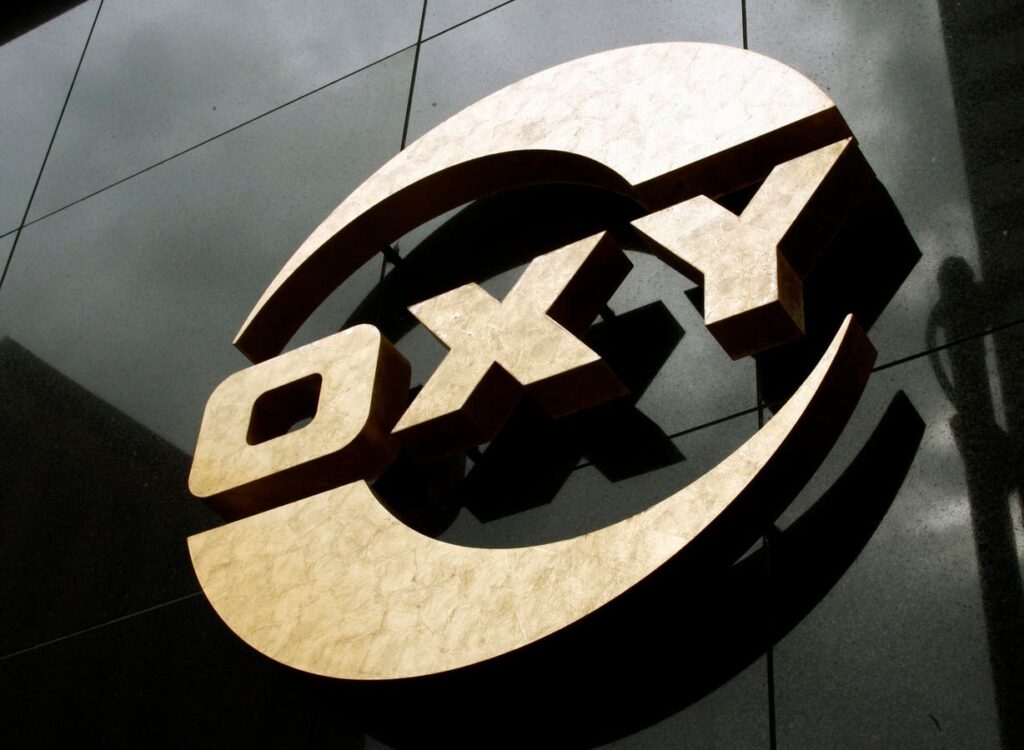In the world of investing, the principle of buying good stocks on bad news has garnered attention from seasoned money managers, including John Neff, who famously noted that he could only purchase stocks during adverse market conditions due to the size of his fund. Neff’s commentary highlights an important investment strategy—taking advantage of market overreactions. For everyday investors, this technique can yield significant benefits. In light of this philosophy, the quarterly Casualty List presents a selection of stocks that have experienced notable declines yet possess strong potential for recovery. Several companies in recent discussions have emerged as prime candidates for this strategy, reflecting both resilience and demonstrated capacity to rebound from challenging circumstances.
First on the list is Occidental Petroleum Corp. (OXY), a Houston-based oil company that has piqued investor interest due in part to its major stake held by Warren Buffett’s Berkshire Hathaway. Despite the company’s strong potential as a long-term player in the energy market, shares fell sharply—by 18% in the third quarter—as oil prices dropped from $83 to $69 a barrel. The broader implications of global conflicts, such as tensions involving Israel, further muddy the landscape of oil supply, suggesting that the current dip in stock price may not reflect true value. Given the anticipated enduring reliance on oil and gas through the 2030s, Occidental offers a compelling opportunity for investors willing to navigate these short-term fluctuations.
Humana Inc. (HUM), a leading health insurer, has also been molded by recent negative market sentiments, particularly after the Centers for Medicare and Medicaid Services assigned low grades to many of its health plans. This development instigated a notable decline in stock price, with a drop of 12% occurring on October 1, compounded by a 15% decrease earlier in the third quarter. Despite these setbacks, Humana has a robust history of profitability spanning 24 years and admirable revenue growth of nearly 12% annually over the past decade. With new CEO Jim Rechtin at the helm, there is reason to believe that the company can stabilize and grow moving forward, presenting a potential buying opportunity for investors focusing on the long game.
Amkor Technology Inc. (AMKR), a semiconductor testing and packaging firm, finds itself navigating a similarly turbulent landscape. With key clients such as Apple and Qualcomm—where Apple accounts for 28% of Amkor’s sales—the company’s stock plummeted 23% during the third quarter, alongside an 8% drop in sales and a 34% decline in profits over the past year. However, six out of ten analysts covering the stock rate it as a “buy,” highlighting an underlying confidence in its market position and recovery potential. The semiconductor industry is vital for technological advancement, and Amkor’s partnerships with such powerhouses may warrant closer inspection by investors looking to capitalize on possible future growth.
Another intriguing stock on the casualty list is Visteon Corp. (VC), an auto parts manufacturer that has experienced difficulties similar to those of its industry peers. Following a slight dip in sales, Visteon’s stock saw an 11% reduction in the third quarter. The automotive sector has faced headwinds with rising interest rates affecting car financing; however, changes in federal monetary policy may turn that tide. The potential for improved sales as financing costs decline could provide Visteon with an advantageous market position as consumer demand rebounds. As the auto industry adjusts to economic shifts, Visteon’s specialized offerings in electronics and instrument clusters may serve as hallmarks of an encouraging recovery.
This quarterly analysis encapsulates performance trends from a larger scope, as the 86th entry in a series dedicated to identifying promising investment opportunities. Evaluating historical results shows that past recommendations garnered an average return of 14.9% over 12 months, slightly outperforming the S&P 500 Total Return Index at 11.3%. However, it’s essential to approach these numbers critically, as only 39 columns have bested the S&P 500, with a mixed performance count of 52 profitable recommendations against 30 losses. While past performance offers valuable insights, investors must refrain from equating historical success with future guarantees.
Reflecting on the previous year’s picks, there was a notable 33.6% gain, despite falling short against a surging S&P performance of 35.1%, demonstrating the unpredictability of market dynamics. A standout recommendation from last year was RTX Corp. (RTX), which saw a remarkable 78% increase due to heightened geopolitical tensions that bolstered defense stocks. Conversely, United Parks and Resorts Inc. (PRKS), formerly SeaWorld Entertainment Inc., yielded a modest 7% gain, showcasing how different sectors can behave under fluctuating market conditions. Individual awareness and diligence remain crucial; disclosures indicate personal holdings within these recommended companies, emphasizing both professional responsibility and potential biases inherent in investment recommendations. As such, it is imperative for investors to conduct thorough research and consider these insights while shaping their investment strategies.

